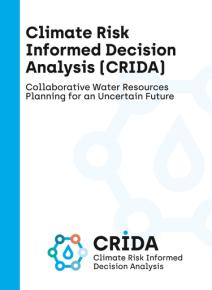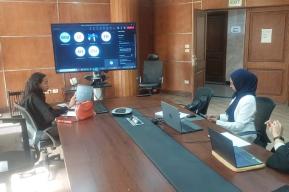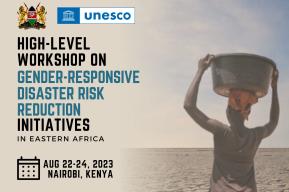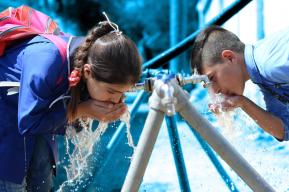News
Addressing the impacts of Harmful Algal Blooms on water security
Many islands and countries in arid regions, where freshwater resources are limited, are increasingly dependent on desalination to provide water to rapidly growing coastal populations and meet the social and economic demands that underpin development in those areas. Evidence is now showing that harmful algal blooms (HABs) pose a threat to the desalination industry and to water security of those areas. Studying HABs in the vicinity of desalination plants is an emerging science as there is limited information on potential problems that toxic blooms may pose. The Intergovernmental Oceanographic Commission (IOC-UNESCO) has been a driver in defining the international research agenda on HABs and their impacts, and is now also addressing how to provide solutions applicable to desalination plants.
The shortage of freshwater resources and the need for additional water supplies is already critical in many arid regions of the world; future projections of climate change impacts add further stress to water security. These regions often have limited underground water resources, some that are becoming more brackish as extraction of water from the aquifers continues. Currently, there are over 14,000 desalination plants in more than 150 countries – exemplifying the growing reliance on this technology. About 50% of this capacity exists in the West Asia Gulf region, while North America has about 17%, Asia (apart from the Gulf) about 10%, and North Africa and Europe about 8% and 7%, respectively. In 2008, the installation capacity was 52.3 million m3/d, but the desalination market is expected to grow by 12% per year reaching a capacity of 94 million m3/d in 2015.
Reverse osmosis is the most common method of desalination; water is pumped through a membrane that restricts sodium and chlorine ions from passing. This technology is currently facing challenges due to HABs (commonly known as red tides) that, with a high enough biomass, can clog filters and compromise the integrity of reverse osmosis membranes. Furthermore, some HABs produce potent neurotoxins threatening human health. In 2008-2009 an outbreak of the dinoflagellate Cochlodinium in the Gulf-Arabian Sea region lasted eight months, which heavily restricting the region’s ability to desalinate water for drinking and industrial use. This algal bloom posed a huge threat to the water security and economy of the region.
There is a need for further documentation and research regarding the impacts of toxic blooms on desalination plants; only preliminary measurements of marine algal toxins before and after desalination have been made at any large-scale desalination plant. HABs are often unrecognized events, and plant operators are generally unaware of the threat that algal toxins pose. That being said, there is a general scientific consensus that globally, the number of toxic blooms, the resulting economic losses, the types of resources affected, and the number of toxins and toxic species reported have all increased over the last few decades.
IOC-UNESCO’s engagement in HABs and desalination is targeted at developing test systems that may forecast those algal blooms that can lead to the closure or damage of desalination plants. This includes utilising satellite remote sensing technology to detect algal blooms in coastal areas, and coupling this data with numerical modelling of coastal hydrology to better forecast algal bloom transport and landfall. UNESCO considers toxic blooms to be a threat to the economy and health of arid nations and is committed to capacity building and international research cooperation for desalination and HABs.
UNESCO, through the IOC and its Intergovernmental Panel on Harmful Algal Blooms (IPHAB), has established an international committee and is co-organising an international conference to address the issues of toxic blooms and desalination with the Middle East Desalination Research Center, regional and local partners. The two day HABs and Desalination Conference held in Muscat, Oman on 16 -17 April 2014 aims to further promote the state of desalination technology and foster dialogue between scientists, engineers and managers. This conference will immediately follow the Sultan Qaboos University International Conference on Desalination, Environment, and Outfall Systems on 13-14 April 2014. The conference will cover a variety of topics including case studies, results of experimental and pilot studies, design considerations, new technologies, regulatory issues, and future research priorities.
Related links:








